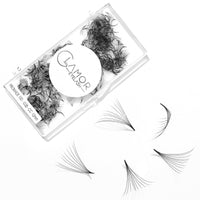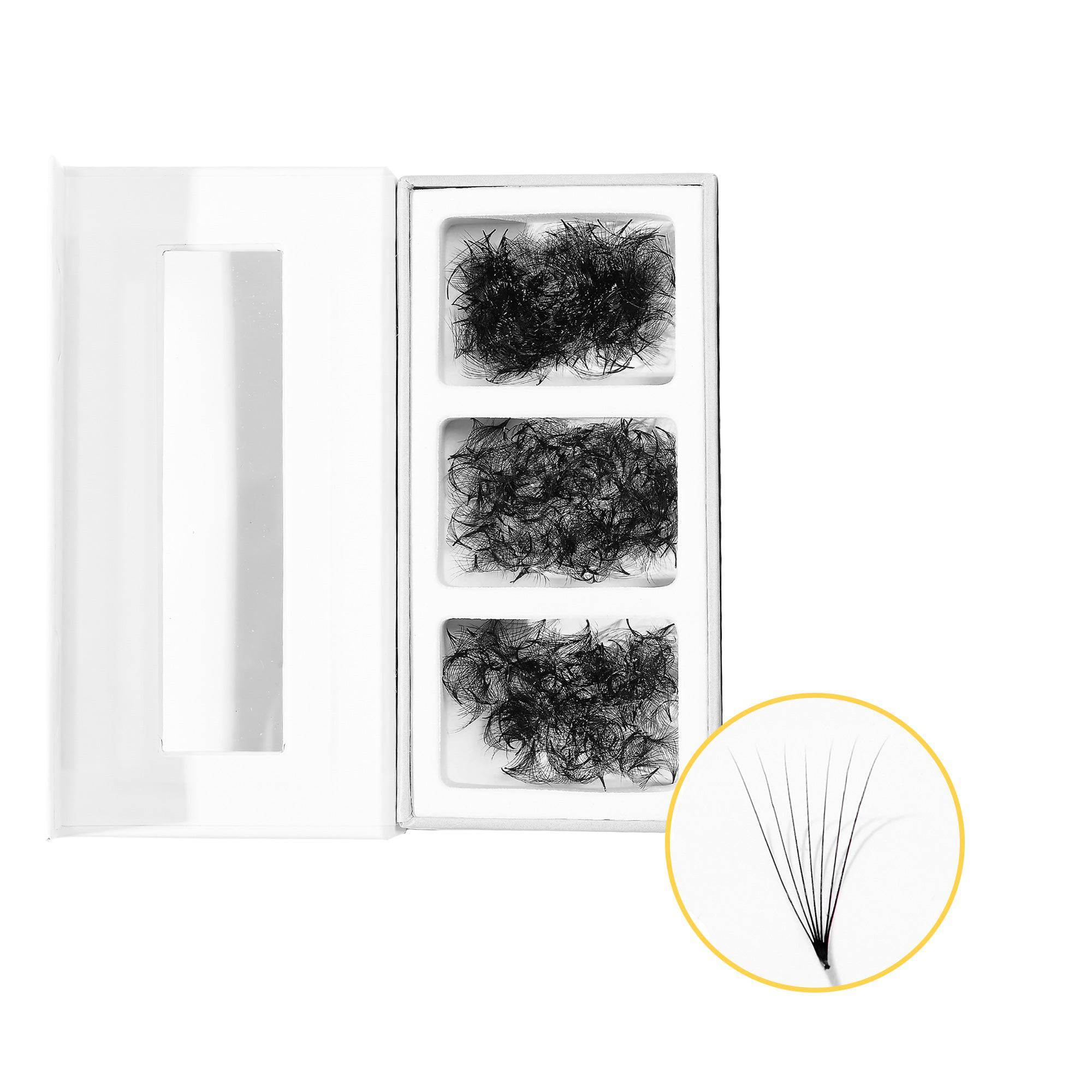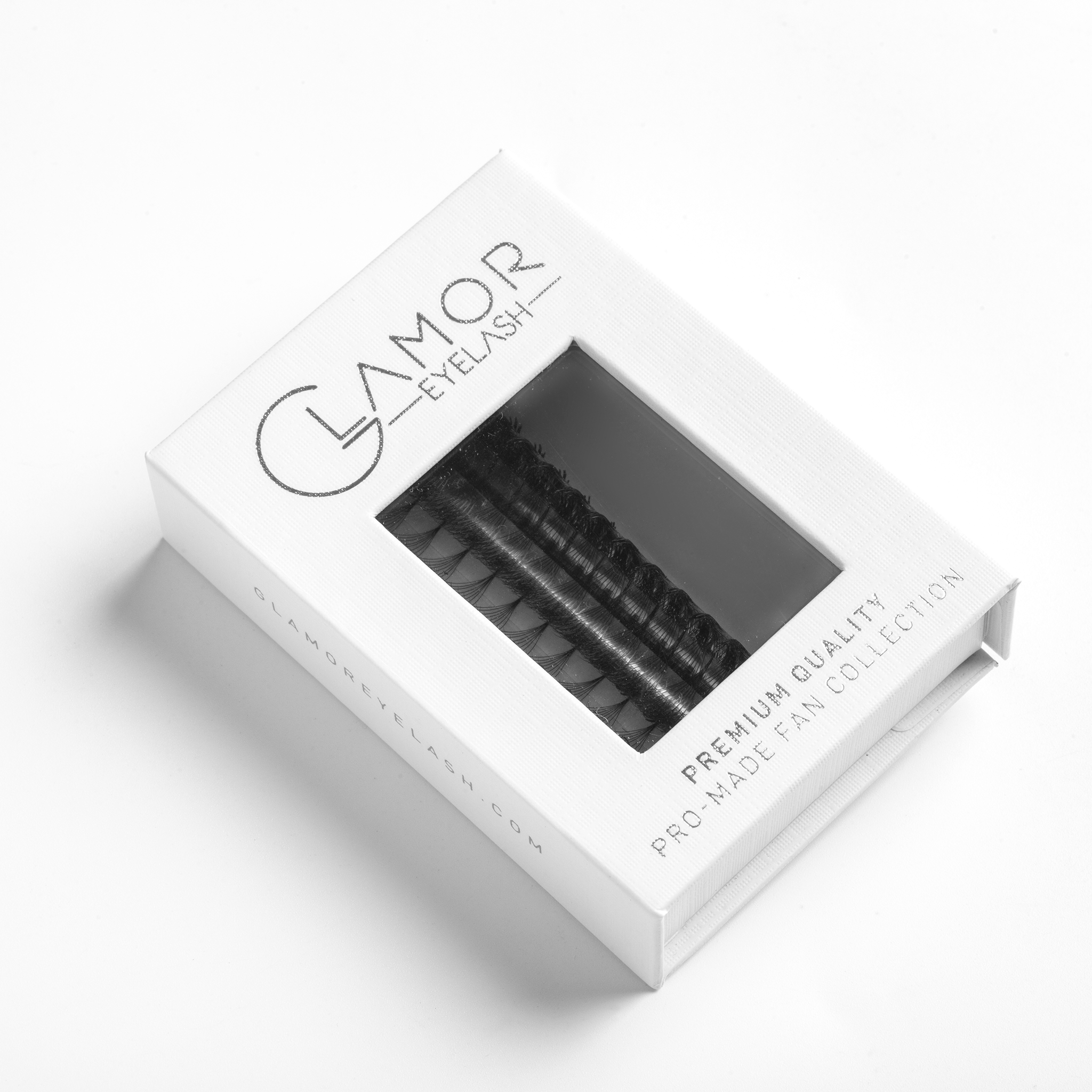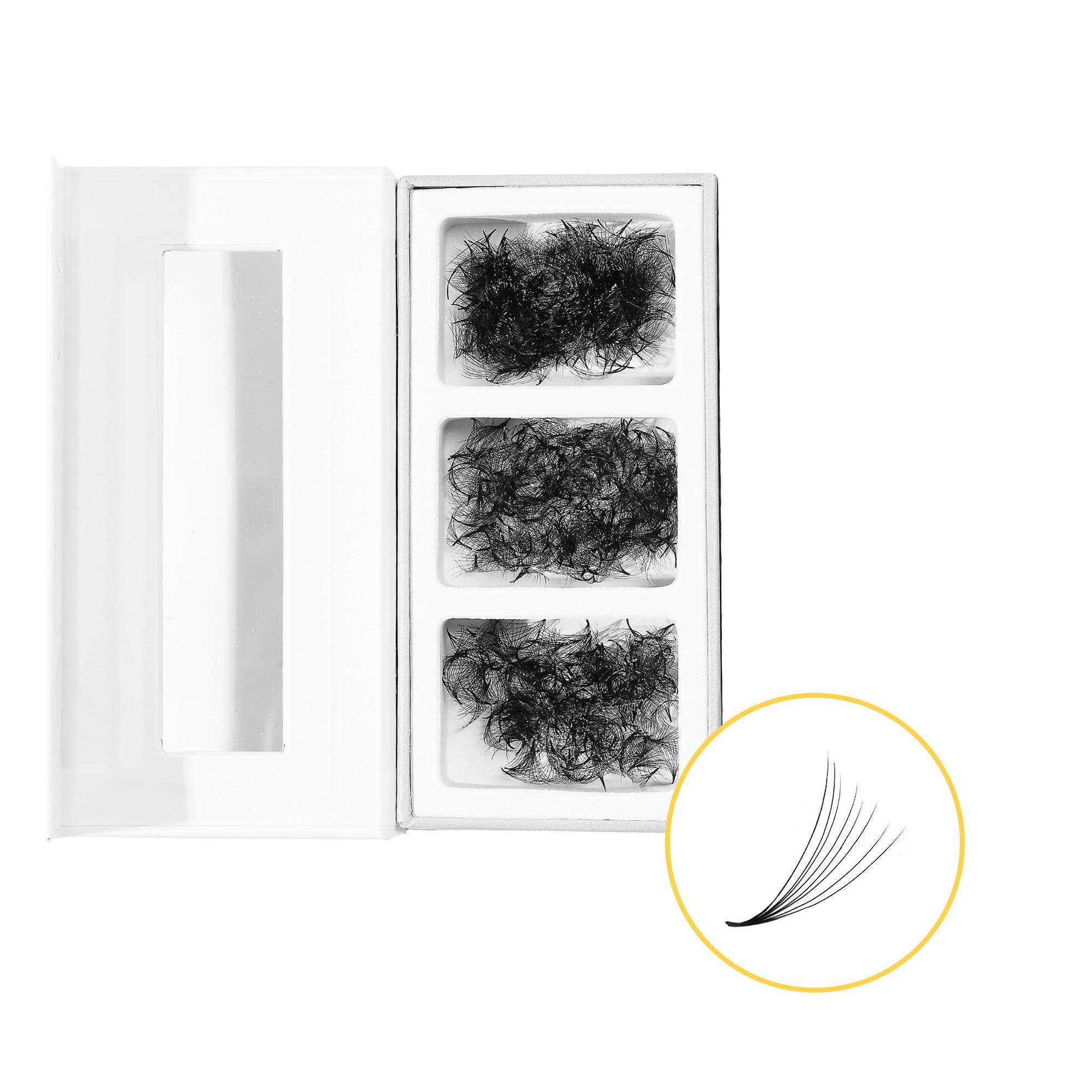As the season changes from Summer to Autumn, we get to enjoy a cool breeze, watch the changing colour of leaves and trees shedding their leaves. As lovely as the temperature drops, we can’t forget that Autumn could bring some challenges to lash artists and your clients, the most common being seasonal lash shedding. This is a phenomenon that is widely known, fact or myth, we’ll address it for fellow lash artists and get to the bottom of the real reason for lash shedding. It’s been a bit of a controversial topic within the lashing community, but what exactly is autumn and spring lash shed, what does it entail?
As we all know, we humans go through a natural hair shedding cycle, it is basic human biology. Not only does the hair on our head shed, but so do our lashes! However they both do it at different rates, so you’re not left bare at any given moment. You may have heard from various sources that we go through an autumn and spring lash shed.
Have you noticed your pet cat or dog during the cooler seasons, that they tend to shed/malt in spring or autumn, this is to make room for the thinner, cooler coat for the warmer months. Humans go through a similar process, it's just not as noticeable (unless you have eyelash extensions). On average, we shed about 1 - 5 lashes from each eye, everyday. We’d consider this a normal healthy lash shed cycle. This number also could change dramatically during autumn and spring due to the environmental changes and bodily fluctuations i.e. hormones, as we try to adjust to the new season or life situations.

Lash growth cycle
To fully understand lash shedding we must go back to the basics. Our eyelashes grow in cycles, they generally have a 60-90 day cycle. These stages are the initial growth phase, anagen, catagen and telogen stages.
Initial growth - this stage is when the lash follicle starts to grow beneath the skin. The majority of the time, it is very hard to see these lashes as they are just poking through. At this stage, ‘infant’ lashes are thin, weak and lack strength, and it is not advised to place any lash extensions to these natural lashes. Adding extra weight or stress on these growing lashes can stunt the growth cycle of the lash in the future.
Anagen phase - lashes start to grow thicker and longer, after coming through the surface of the skin. As these lashes are actively growing, you can add light lash extensions at this stage to make the lash set more full and manoeuvre them easily. These lashes can grow out fast and can lead to an uneven design within two to three weeks.
Catagen phase - the lash growth stops. Lashes should be fully grown by this time. This is the most prime time to attach eyelash extensions on the natural lash and halts for a couple of weeks.
Telogen phase - the lashes are in the resting phase, where the initial growth phase and telogen phase overlap. The telogen lash is about to naturally fall out, and another is ready growing beneath the skin to take its place. You can place an extension on this lash phase, but it could also lead to quicker lash fallout as there’s added weight to the lash.
Each hair follicle is in a different growth cycle, which is why we need infills every three weeks or so, to maintain the style and look of the lash set.
It’s unclear what the exact cause of seasonal shedding is, but some studies say it more commonly occurs during autumn and spring, more than any other season.
During summer, intense, long periods of heat may trigger more lash hairs to go into the resting stage, telogen phase, suppressing further growth and stopping the lifecycle. This means that all the “resting” lashes during summer are ready to fall out over the next month or two in autumn.
In the summer months, your lash line and hair follicle may collect more sweat, sebum and makeup debris than normal. It is more than likely that the dirt and sweat will block the pores and suffocate the natural lashes.
If not cleaned daily, the foreign debris can suppress the growth of lashes in the growth phase (anagen phase), accelerating the lifecycle of the lash and resulting in severe lash fallout in autumn.
Other contributing factors to seasonal lash shedding:
It's important to understand the difference between lash shedding and lash breakage, which is when the lashes are torn or damaged instead of falling out naturally. It is quite obvious when a lash has had a break or if the lash has naturally fallen out.
As you can see from the image, it shows someone’s natural lashes, not only with mascara residue, but also some blunt ‘cut’ lashes. Natural lashes are supposed to taper at the tip, these however could be lash breakage from multiple things.
Although this image is of an eyelash curler that has ‘cut’ the natural lash, it has damaged the natural integrity of the eyelash. Same goes if the volume fan is too heavy for the natural lash, it can also cause a breakage of this kind.
If your client has gone on a new medication that changes their hormones, this can also cause lash shedding. But should soon return to normal once the body has gotten used to it. Exposure to wind and sun can also be a factor, as well as everyday hormonal changes and stress. A change in diet or poor diet can also impact the health of lashes, leading to increased lash shed or health.
Impact of seasonal lash shedding on lash extensions
Seasonal lash shedding can have a significant impact on lash extensions. If there is a noticeable decrease in natural lashes, it can result in uneven lash extension placement, where it can be harder to cover/fill gaps and spaces between natural lashes. This can also lead to poor retention and a faster infill appointments, which is not only time-consuming for your client, but could also make your sets look uneven.
What can you do as the lash artist?
Preventing and managing seasonal lash shedding requires the help of both lash artist and client. Proper aftercare, high-quality products, and a healthy hygienic lifestyle is essential. Encouraging clients to cleanse their lashes daily, with a suitable eyelash extension cleanser to help wash out all the debris and makeup residue, will prolong the life of their lash sets. Lashes take about 60-90 days from follicle to telogen resting phase, it is possible to encourage the natural lash to grow quicker and prevent lash loss by applying lash serum regularly. This will promote lash growth of those baby lashes and keep the catagen lashes healthy and strong. Booking more frequent infills can also help maintain the volume and appearance of lashes during this time when the growth cycle finds its rhythm.
It’s important to manage your clients expectations, inform them about natural lash shedding cycle, seasonal lash fallout, so they aren’t left gobsmacked with a sparser lash line than usual.
In conclusion, autumn lash shedding is an issue that all lash artists should be aware of and prepared to address to their clients. By understanding the factors that contribute to this phenomenon, lash artists can take steps to prevent and manage seasonal lash shedding. Regular touch-ups and fill-ins, proper aftercare, and encouraging clients to maintain a healthy lifestyle can all help to maintain the volume and appearance of lashes.
By continuing to learn and grow your skills in all things lashes, you can provide the best possible experience for your clients.










